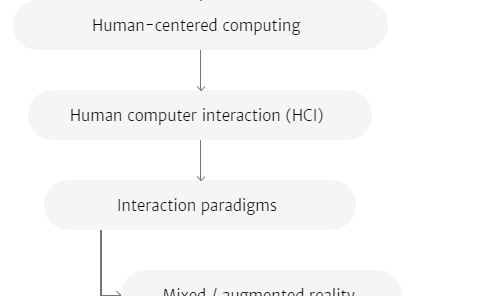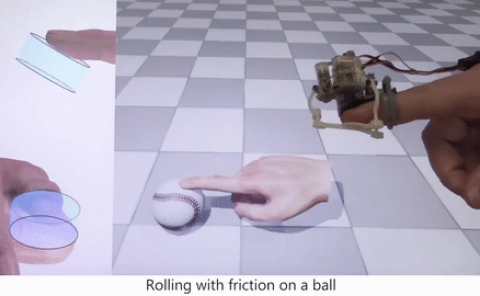Effects of within-day intervals on adaptation to visually induced motion sickness in a virtual-reality motorcycling simulator
PubDate: September 2024
Teams: Shizuoka University;Keio University;Yamaha Motor
Writers: Chihiro Kasegawa, Yoshihiro Itaguchi, Yumi Yamawaki, Masayuki Miki, Masami Hayashi & Makoto Miyazaki
Abstract
This study investigated the effects of the time interval between virtual reality (VR) sessions on visually induced motion sickness (VIMS) reduction to better understand adaptation to and recovery from a nauseating VR experience. The participants experienced two 6-min VR sessions of a first-person motorcycle ride through a head-mounted display with (1) a 6-min interval, (2) an interval until the VIMS score reached zero, and (3) a 60-min interval. The results showed that for each condition, VIMS in the second session was aggravated, unchanged, or attenuated, respectively, indicating that additional resting time was necessary for VIMS adaptation. This study suggests that a certain type of multisensory learning attenuates VIMS symptoms within a relatively short time, requiring at least 20 min of additional resting time after subjective recovery from VIMS symptoms. This finding has important implications for reducing the time interval between repeated challenges when adapting to nauseating stimuli during VR experiences.



